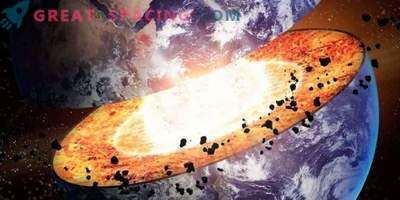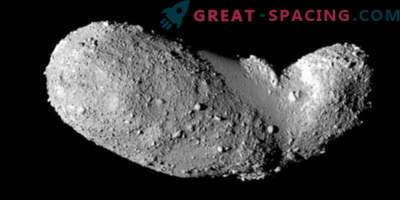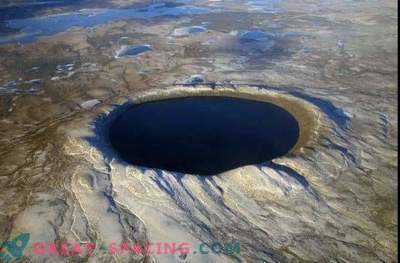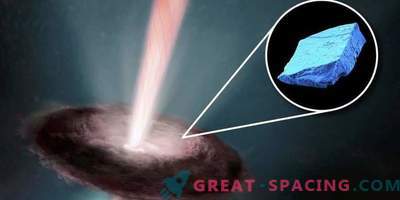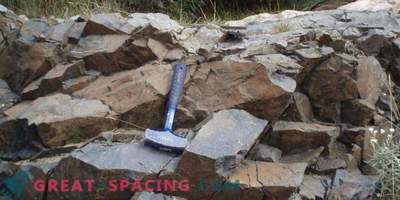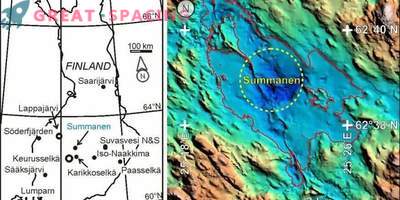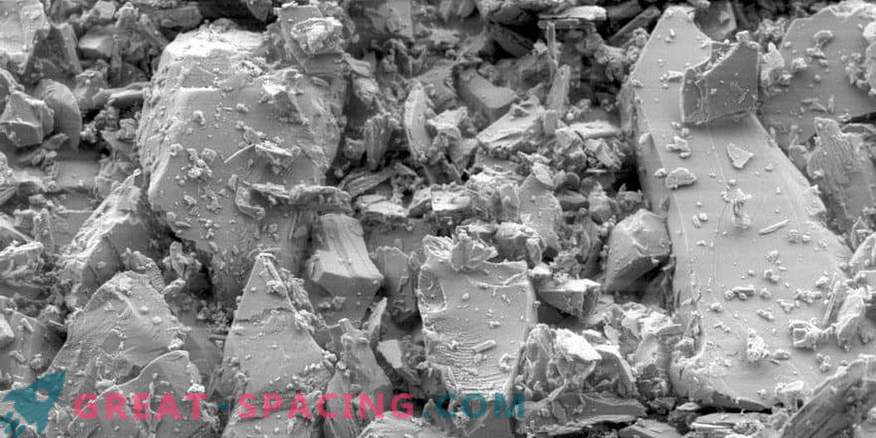
The microstructure of the albite mineral before rapid compression. The image shows a section of 0.036 mm in diameter.
After hundreds or millions of years after a meteorite fell to Earth, researchers analyze the impact site to understand what happened in the past. In the new scientific work they decided to imitate similar drops, breaking the samples between diamond anvils and tracking how materials change at the point of impact or under compression at different speeds.
Having understood the influence of ancient meteorites, researchers can better understand how the Earth and other objects of the solar system were formed and developed. By analyzing specific points of incidence, scientists hope to find out details about the highest temperatures and pressure levels during a collision.
In the past, shock classification was based on measurements of three types of minerals that are often found in impact craters (or planetary crust). We are talking about albite, anortite and plagioclase. If influenced by them, the minerals lose some of their ordered crystalline structure.
The new work used X-ray diffraction to track changes in atomic structures during rapid compression (imitation of a meteorite falling). The experiment used diamond anvils. Scientists were able to track the transformation of the atomic structure during the full cycle of compression and decompression, and not just at the beginning and end of the experiment (which was not possible to do before).
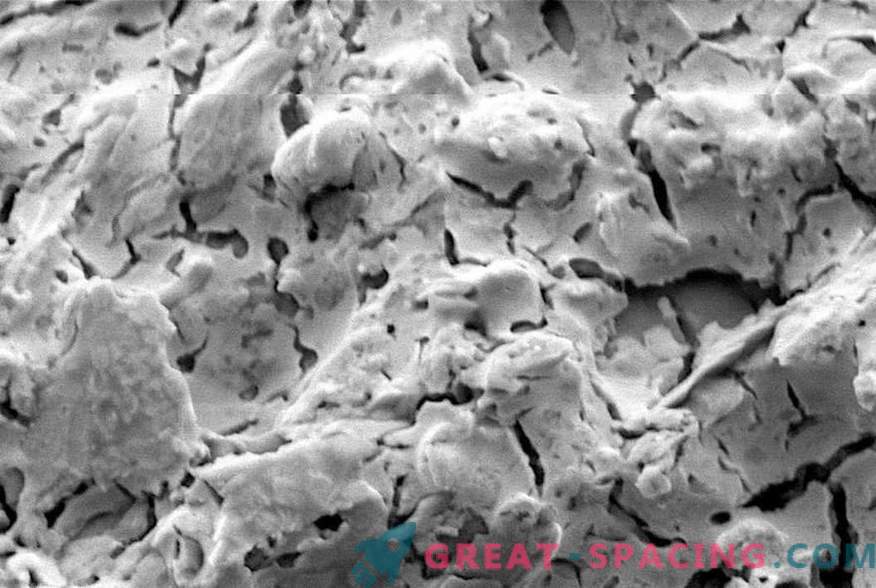
The microstructure of the albite sample after compression to 44 GPa at a rate of 0.1 GPa per second. The image shows a cross section of 0.007 mm in diameter
The team squeezed minerals to 80 GPa of pressure, which is 80,000 times higher than that of the earth at sea level. Also changed the degree of compression to see differences in the reaction of minerals. They noted that the rate of compression has a greater influence on when minerals have lost their crystal structure.
This means that measuring the level of the lost structure in the minerals at the impact sites will not be a sufficient indicator for estimating the peak pressure and temperature at the time the object falls. But the study of the transformation of minerals in exposure conditions will help get more information from the locations of ancient collisions.
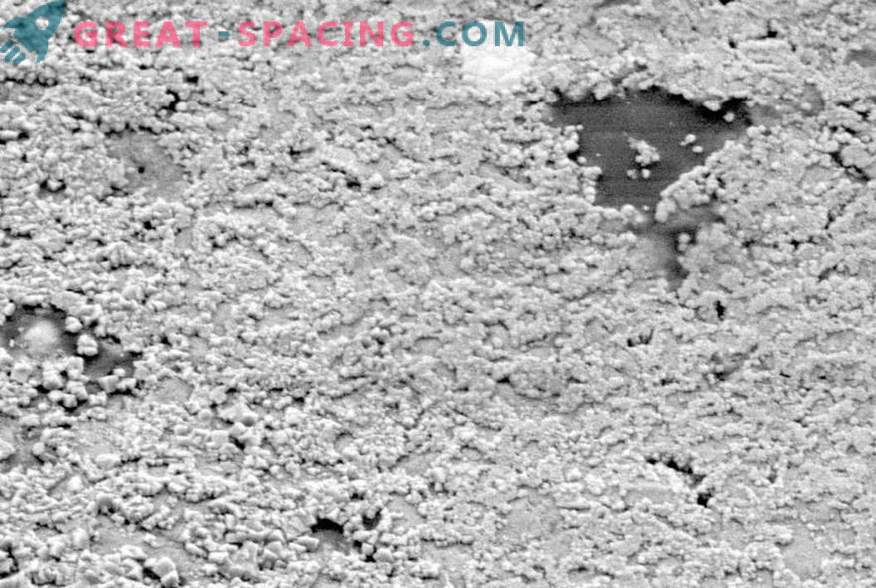
The microstructure of the albite sample after compression to 46 GPa at a speed of 35 GPa per second. Before you cross-section of 0.007 mm in diameter
Although it does not help to accurately determine specific temperatures and pressure indicators, the new technology promises to expand our understanding of the effects of meteorites. Moreover, the technologies of X-ray detectors are improving every year.

